Atmosphere – Air Masses, Fronts, Cyclones, Anticyclones
Air Masses
- Over a homogeneous area, when air remains for a sufficiently long time, it acquires the characteristics of that area.
- Homogeneous area can be vast plains or oceans where only little horizontal variation occurs in temp. & moisture.
- Homogeneous regions over which air masses form are called source regions
Fronts
- When two different type of air masses meet, the boundary zone b/w them is called a front
- Process of its formation is known as frontogenesis
Warm Front
- When a warmer & lighter air mass moves against a colder & denser air mass
- the former rises over the latter one & warm front is formed
Cold Front
- When a colder air mass forces its way under a warmer air mass & pushes the latter upward, cold front is formed
Occluded Front
- When a cold front overtakes a warm front & lift it off from the surface of the earth
- After occlusion, air masses loses their earlier characteristics & form new fronts
- Meeting of warm & cold air masses in temperate zone gives birth to temperate cyclones along the fronts of warm & cold air masses
- In each case, precipitation is likely to occur but more in case of cold front
Also read: Origin of Earth and Solar System Planets
Cyclones
- A low-pressure area surrounded by high pressure area from all from all the sides along with winds moving from all the sides towards central low
- Cyclones moves in Anti clockwise in N – Hemisphere & in Clockwise direction in S – Hemisphere under the effect of westerlies due to Coriolis effect
- No Cyclones at equator as Coriolis force is 0 there.
Temperate Cyclones
- Also known as wave cyclones or Extra Tropical
- Originate mainly in zones b/w 35* – 65* N & S of latitudes
Polar Front Theory > Forms due to collision of 2 air masses of contrasting characteristics (in terms of temp. & humidity at about 60* latitude). Here they do not meet each other readily but forms a front known as polar front
- Cold air mass pushes the warm air mass upwards & a void is created due to decrease in pressure.
- Air from surrounding area rushes to fill the void & a temperate cyclone if formed
- Average speed of extra tropical cyclone is 32 km/hr in summer & 49 km/hr in winters
Tropical Cyclones
- Also known as Typhoons or Hurricanes
- Originate mainly in zones b/w 5* – 30* N & S of latitudes
- Are the violent storms that originate over oceans in tropical areas & move to coastal areas
- Bring large scale destruction, caused by violent winds, heavy rainfall & storm surges
- Favorable conditions for formation of tropical cyclones are
- Large sea surface with temp. > 27*C
- Presence of coriolis force
- Small variation in vertical wind speed
- Upper divergence above sea level
- Pre-existing weak low-pressure area or low-level cyclonic circulations
- Energy that intensifies the storm comes from the condensation process in towering cumulonimbus clouds, surrounding center of the storm.
- Hence, with constant supply of moisture from the sea, storm is further strengthened
- On reaching land, moisture supply is cut off & the storm dissipates
- Place where tropical cyclone crosses the land is called landfall of the cyclone
- Central low pressure is known as eye of the cyclone > Calm with subsiding air having lowest pressure & highest temp.
- Surrounding this area is zone of strong winds with clouds extending vertically
- Surrounding the eye is eye wall, a place of strong spirally ascending winds to a height reaching tropopause, having max. wind velocity
Tropical Cyclone Distribution & its various names worldwide
| Name | Country |
| Cyclone | Indian ocean, Arabian sea & Bay of Bengal |
| Hurricane | Atlantic sea (West indies) & USA |
| Typhoons | China sea + Japan sea |
| Willy Willies | Western Australia |
Difference between Tropical & Extra Tropical Cyclones
| Tropical Cyclones | Extra Tropical Cyclones |
| Moves from east to west | Moves from east to west |
| Wind velocity is very high & more destructive | Low wind velocity & less destructive |
| Originate only on sea & dissipates on reaching land | Affect much larger area & can originate on land as well as sea |
Anticyclones
-
-
- An anticycloneis just opposite to a cyclone
- Basically, it is a large-scale circulation of winds around a central region of high atmospheric pressure
- Clockwise in the Northern Hemisphere and counterclockwise in the Southern Hemisphere
- Anticyclones are form from air masses, cooling more than their surroundings, which causes the air to contract slightly making the air denser
- Since dense air weighs more, the weight of the atmosphere overlying a location increases, causing increased surface air pressure
- Anticyclones herald fair weather, clearing skies, calm air with high temperature in summers & cold in winters
- Fog can also form overnight within a region of higher pressure
-
For more updates, explore the Geography . Feel free to share your thoughts and comments.
If you’re passionate about building a successful blogging website, check out this helpful guide at Coding Tag – How to Start a Successful Blog. It offers practical steps and expert tips to kickstart your blogging journey!

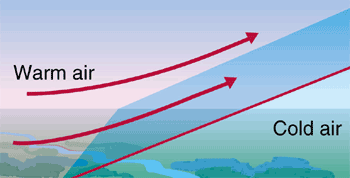


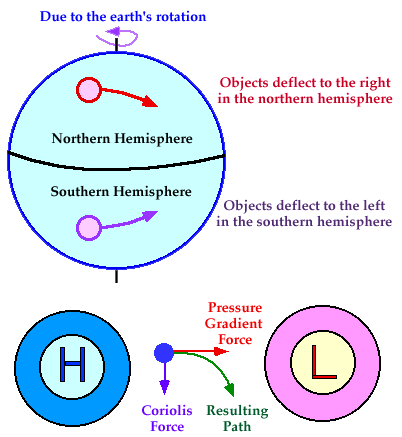
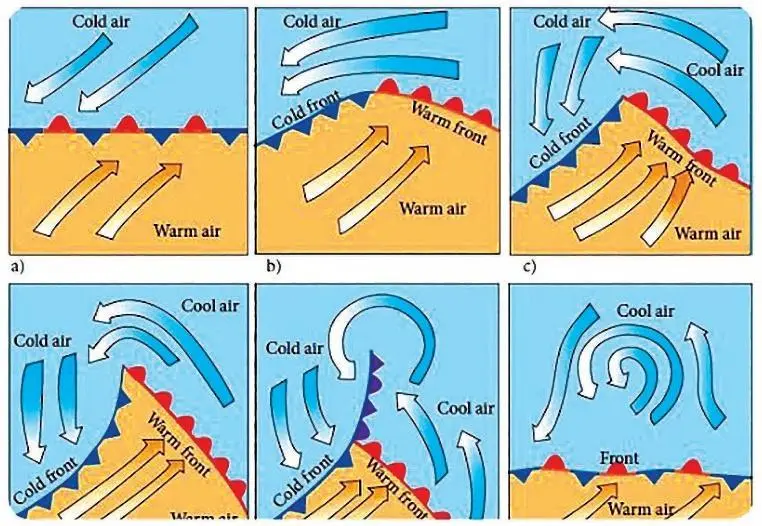




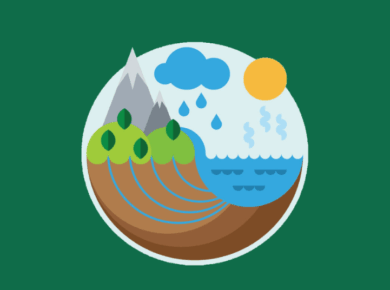
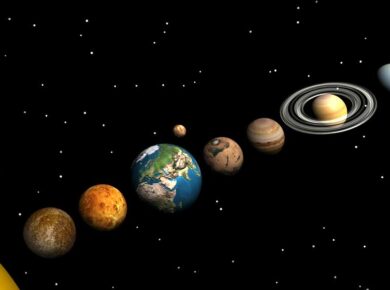



4 comments
*extra tropical cyclone move from west to east (not east to west)
thankyou very much to share the knowledge.
thanks
There is one mistake in this article. Extra tropical cyclones move from west to east as they are guided by westerlies in westerlies belt.